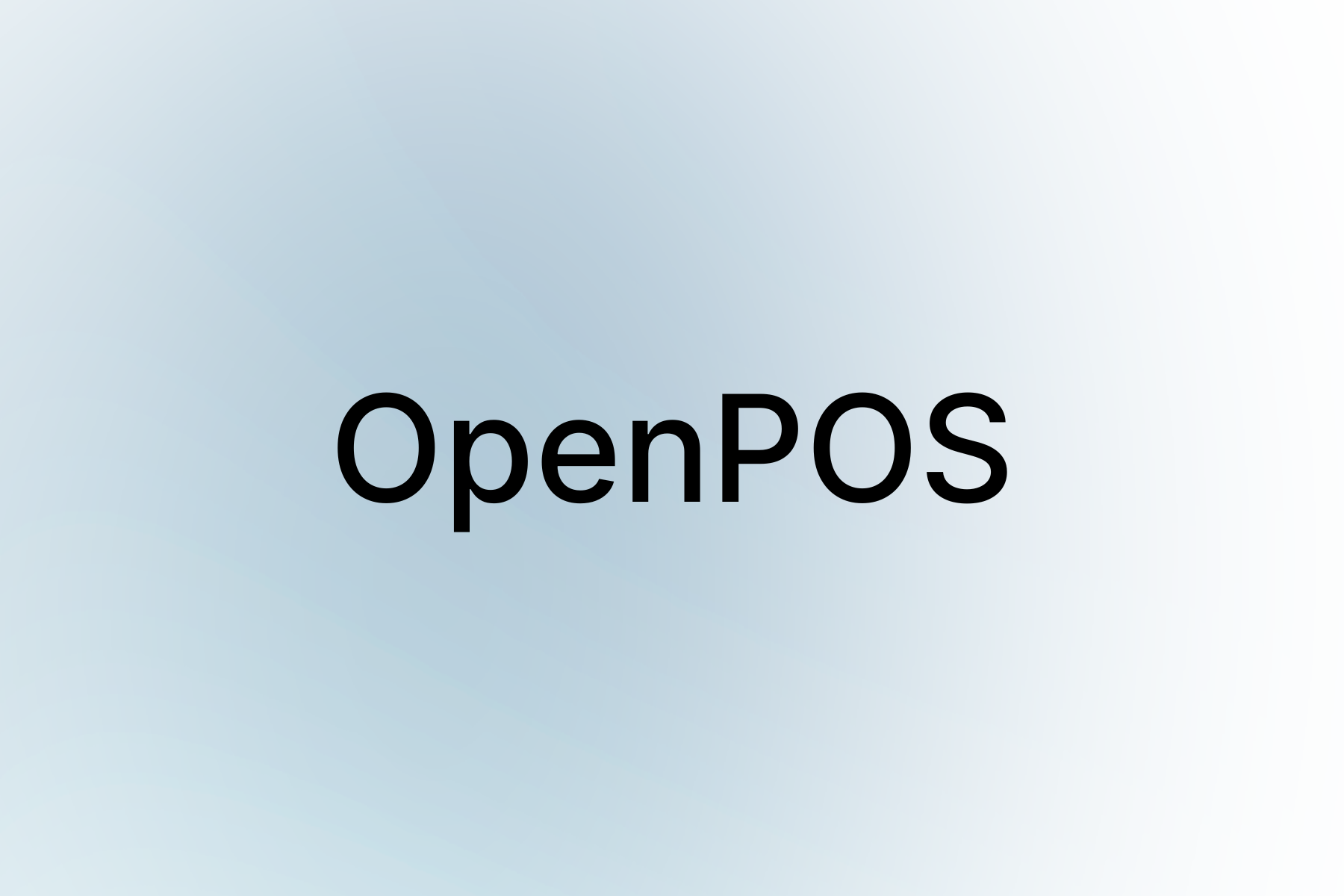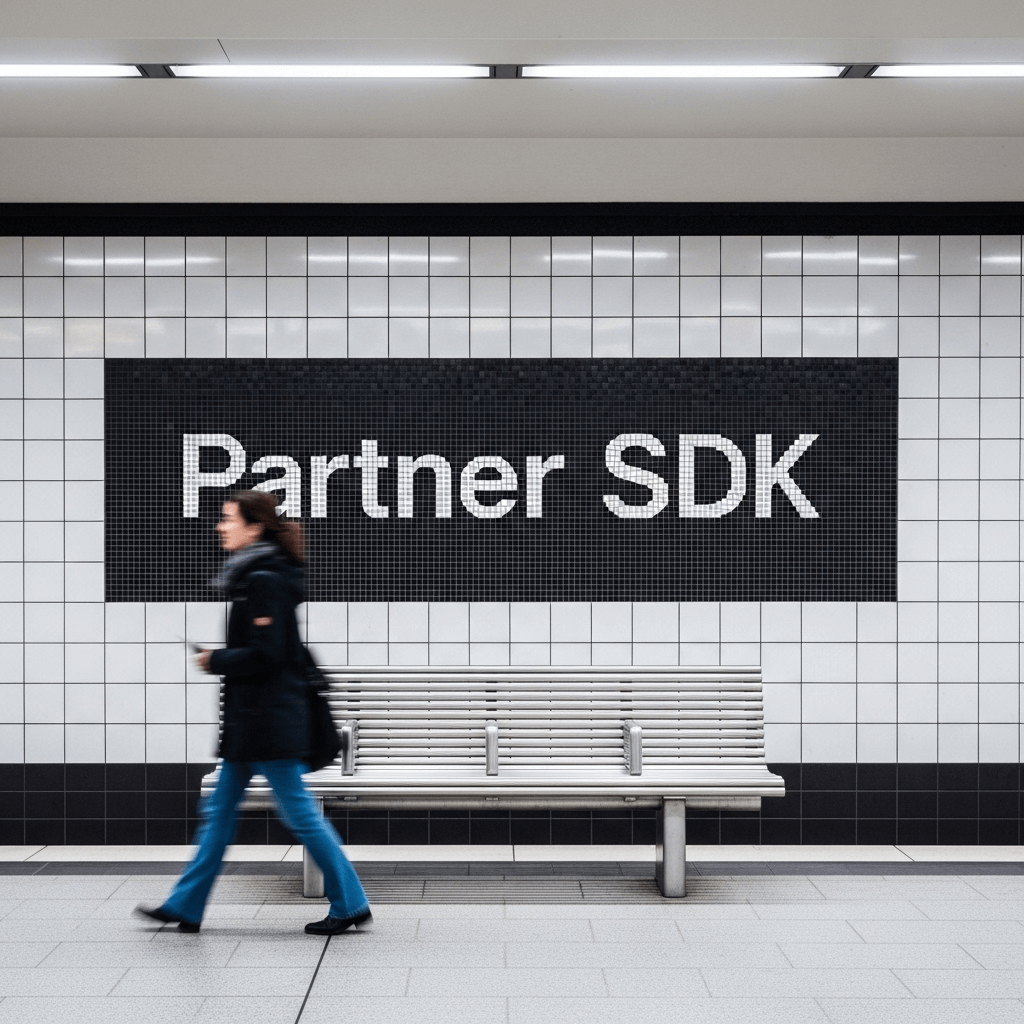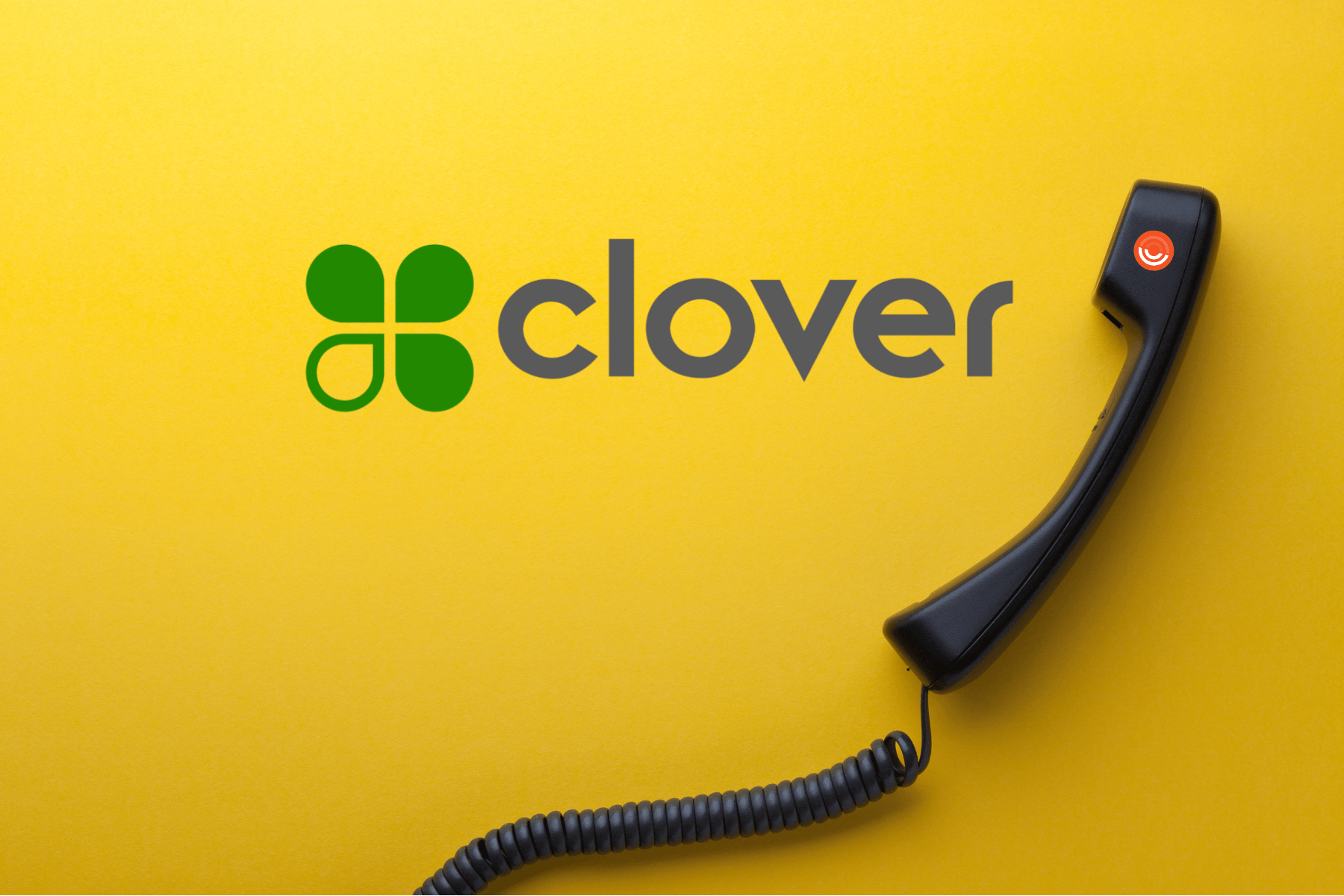
Quantifying the Impact of AI Call Handling vs. Human Staff in Restaurants
Introduction
One of the biggest questions facing restaurants that consider using an AI solution (like Eva AI) to handle phone calls is: “What if customers dislike talking to a robot, and we lose orders?” This fear is tied to the idea of “deterrence”—the possibility that some customers might not call if they know it’s an AI. On the other hand, restaurants with human staff can still miss calls when lines are busy or staff are unavailable, and human agents can make mistakes too.
In this post, we’ll combine definitions, formulas, and a numerical analysis to see which factors matter most—and how AI can still come out ahead when carefully deployed. Finally, we’ll look at additional cost savings that restaurant owners often overlook when thinking about a switch to AI.
1. Key Definitions & Parameters
To compare human-only call handling vs. AI-only call handling, we need a few assumptions:
-
Monthly Call Volume (C)
:
The number of calls a restaurant receives per month.
- In our example, we use 500 calls per month.
-
Average Ticket Size (AOV)
:
The average revenue per successful order placed over the phone.
- We assume $20 in our illustrations.
- Human Scenario:
- Missed/No-Answer Rate (bH): The percentage of calls that never reach a human (busy lines, no one picks up, etc.).
- Example: 15% missed calls.
- Human Error Rate: The percentage of answered calls that end in a mistake (misheard orders, staff confusion, etc.).
- Example: a 10% error rate, or 90% success rate.
- AI Scenario:
- AI Deterrence Rate (d): The percentage of callers who decide not to call if they know an AI will pick up.
- We test 5% to 10%.
- AI Error Rate: The percentage of calls that result in a failed or incorrect order due to AI misunderstanding.
- We test 1% to 5%.
- No Missed Calls: AI can answer 24/7, so we assume 0% missed calls.
2. Formulas
Scenario A: Human-Only
- Total Calls: C
- Answered Calls:
C × (1−bH)
where bH is the no-answer/busy rate.
- Successful Calls:
(C × (1−bH)) × (1−Human Error Rate)
- Revenue:
RHuman = Successful Calls × AOV
Scenario B: AI-Only
- Effective Calls After Deterrence:
C × (1−d)
where d is the AI deterrence rate.
- Successful Calls:
(C × (1−d)) × (1−AI Error Rate)
- Revenue:
RAI=Successful Calls×AOV
3. Example Analysis with Actual Numbers
Below is a sample scenario that illustrates how to calculate monthly revenue for both human and AI handling.
Assumptions:
|
Parameter |
Notation |
Value |
|
Monthly Call Volume |
CCC |
500 calls |
|
Average Ticket Size |
AOV |
$20/order |
|
Human: Missed Calls Rate |
bH |
15% |
|
Human: Error Rate |
— |
10% |
|
AI: Deterrence Rate (d) |
d |
5% or 10% |
|
AI: Error Rate |
— |
1% or 5% |
3.1 Human-Only Scenario
- Monthly Calls: 500
-
Answered Calls:
500×(1−0.15)=425 -
Successful Calls (90% success):
425×0.90≈383 -
Monthly Revenue:
383×$20=$7,660
3.2 AI Scenarios
We test two deterrence rates (5%, 10%) and two AI error rates (1%, 5%), for a total of four combinations.
- AI: 5% Deterrence, 5% Error
- Calls after deterrence: 500×0.95=475
- Success rate = 95%
- Successful calls = 475×0.95≈451
- Revenue = $9,020
- AI: 5% Deterrence, 1% Error
- Calls after deterrence: 475
- Success rate = 99%
- Successful calls = 475×0.99≈470
- Revenue = $9,400
- AI: 10% Deterrence, 5% Error
- Calls after deterrence: 450
- Success rate = 95%
- Successful calls = 450×0.95≈428
- Revenue = $8,560
- AI: 10% Deterrence, 1% Error
- Calls after deterrence: 450
- Success rate = 99%
- Successful calls = 450×0.99≈446
- Revenue = $8,920
3.3 Results Table
|
Scenario |
Successful Calls |
Monthly Revenue |
|
Human (15% missed, 10% error) |
~383 |
$7,660 |
|
AI (5% det., 5% err) |
~451 |
$9,020 |
|
AI (5% det., 1% err) |
~470 |
$9,400 |
|
AI (10% det., 5% err) |
~428 |
$8,560 |
|
AI (10% det., 1% err) |
~446 |
$8,920 |
4. Additional Operational Benefits & Cost Savings
Beyond direct revenue comparisons, AI-based call handling can deliver significant operational efficiency and cost savings. Even if the revenue was exactly the same, these benefits often tilt the balance in favor of AI:
- No Staffing Constraints
- AI doesn’t call in sick, arrive late, or go on vacation. Coverage is consistent 24/7, reducing staffing headaches—especially during peak hours or late nights.
- No Turnover or Retraining
- Restaurants often deal with high staff turnover and spend time and money repeatedly training new employees on phone etiquette and the menu. AI requires training once on the domain and can keep learning over time.
- Scalability
- If call volume spikes (e.g., a big event day), AI can handle multiple calls in parallel without additional labor cost. This reduces missed calls and ensures a better customer experience.
- Language Flexibility
- AI can be configured to answer in multiple languages, ensuring a broader customer reach without hiring bilingual staff.
- Reduced Operational Errors
- Humans may forget to upsell or consistently handle special instructions. AI can be programmed to always follow the same logic, reducing variation and mistakes.
- Ongoing Improvements (Self-Learning)
- Modern AI solutions continually improve through real customer interactions. Over time, error rates can drop, and the AI can adapt to new menu items or common accents/dialects.
- Quantifying Labor Savings
- Suppose a restaurant dedicates 1–2 staff hours per day just answering calls. At $15/hour, that’s $450–$900/month in labor expenses. AI can drastically reduce or reallocate these hours to other tasks (like service or prep).
Even if these cost savings or operational benefits can’t be perfectly measured, they often outweigh the difference in potential lost calls due to deterrence. In many cases, the net effect on a restaurant’s bottom line is positive when adopting AI call handling.
5. Interpretation
- AI Often Outperforms Humans
- In the revenue simulations above, AI yields higher revenue in every scenario tested, because it answers 100% of calls—offsetting the deterrence factor.
- Fine-Tune Deterrence & Error Rate
- If AI deterrence jumped to 20% or if AI error soared, humans might fare better. But moderate deterrence (5–10%) and accurate AI (1–5% error) are typically feasible today.
- Real Data Is Critical
- Every restaurant is unique. An honest comparison should use your actual missed-call rate, staffing costs, average ticket size, and call logs.
Conclusion
Although it’s natural to worry about “the call that never happens” (AI deterrence), human staff miss a significant number of calls too , leading to lost revenue. When you consider missed calls, error rates, and deterrence—plus the major savings in labor, training, and consistent coverage—AI often comes out ahead in net value.
By using a simple but robust simulation , you can estimate whether AI is likely to help or hurt your bottom line. In many scenarios, especially with a well-trained solution like Eva AI , the combination of higher answered-call rates, fewer errors, lower labor costs , and 24/7 availability can significantly improve a restaurant’s revenue and operational stability.


